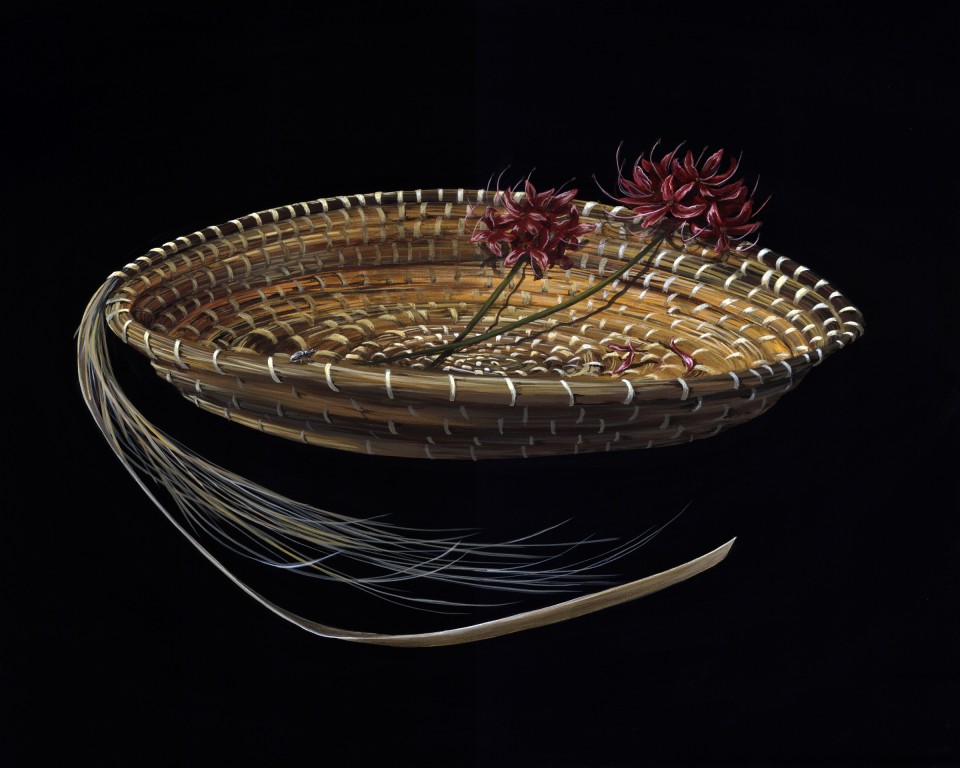
Our time on this journey is almost up, and I can’t wait to remain in one place for longer than a few days. With that said, I feel like a child battling ADD, and must force myself to focus on the state at hand. To achieve this, I delve into the history of South Carolina. Congaree National Park provides me with a breath of fresh air, and prepares me to fully enjoy the romantic southern city of Charleston.
In Charleston, we drive by several women weaving baskets on the sidewalk. Wanting to take a closer look, we stop. We discover that the ladies are weaving a special type of basket called sweetbaskets, and the Mt. Pleasant and Charleston communities have been practicing this craft for over three hundred years. It began during the colonial period, when rice was South Carolina’s main cash crop. Since South Carolinians knew little about the rice culture, success of the American Rice Kingdom is credited to African Americans brought over from rice communities of West Africa. Along with the value of their knowledge in the rice fields, slaves who knew how to weave sweetgrass baskets were worth more than those who couldn’t. Some of these craftsmen and women were even known to sell their baskets to other masters as a way to earn money.
The delicate beauty of the skillfully woven basket is a testament to the significance of the African American culture in the United States. However, the selfish uprooting and destruction of human life is inexcusable, and reminds me of an exotic flower called the red spider lily. The flower was first planted in the Mt. Carmel area as one of the many plants that Dr. James Morrow sent back from the Orient. Known in Japan as higanbana, these flowers are planted around the rice crop because they have a toxic agent that helped protect the fields against mice. If rodents didn’t destroy these beautiful creations, they were eaten by humans for the proteins inside their stem, creating a fallback in case the rice harvest was not as abundant as expected. To me, these elegant flowers symbolize the many lives that were uprooted for selfish desires.
Our visit to Charleston is cut short so we can drive to Aiken and meet with a gallery interested in displaying the North Carolina painting. We enter the Aiken Center for the Arts, and the director, Kristin Kinglsand Brown, is warm and inviting. The space is laid out beautifully with a large open gallery downstairs, and a smaller gallery and theater upstairs. As we finish our tour, Ms. Brown shares that she would be interested in an exhibition of all fifty pieces. We have been hoping to bring the work together in the end, and promise to send her a proposal for the show. This space would lend itself
perfectly to a full exhibit of the work, and we are excited about what the future holds for us. As much as I love the east coast, I hope we will have another excuse to venture out west! While I long for the comfort of a warm bed, I wonder if I’ll ever be able to settle down again. This experience has offered just a taste of each state since we are only able to scratch the surface of each place. When we first set out, I thought this voyage would help me find an area to live in, but instead of pinpointing one perfect location; I have fallen in love with many different landscapes. I may end up a nomad forever.
